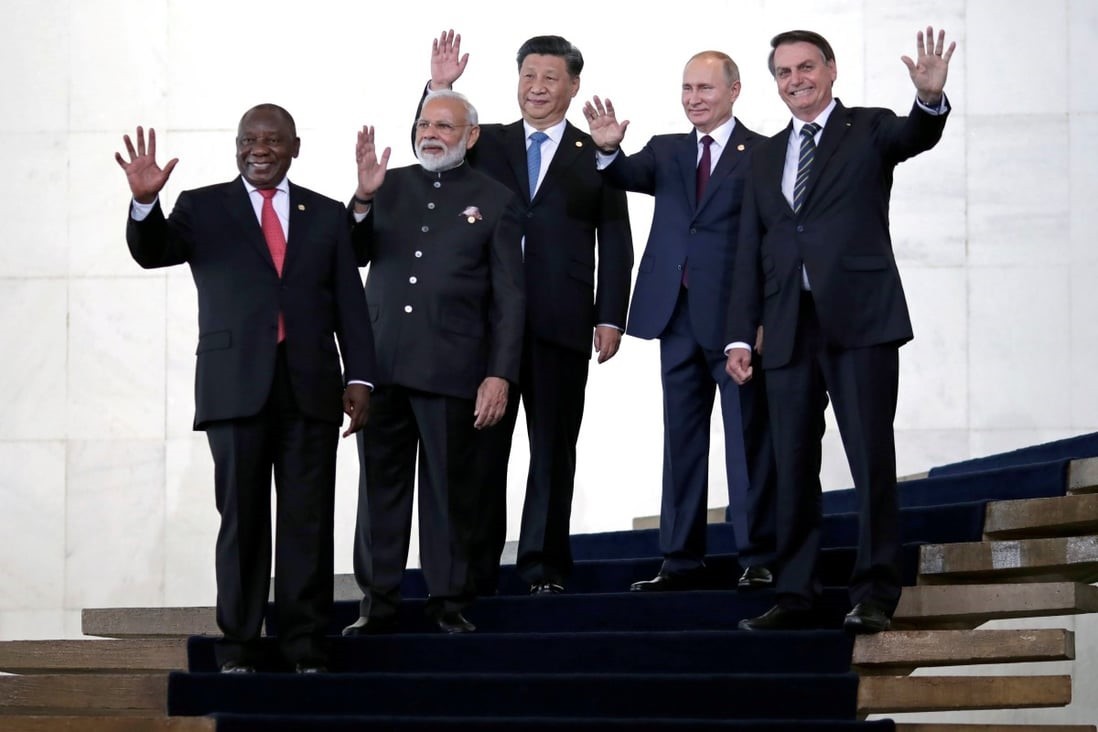 |
| Leaders of BRICS member countries at the 11th BRICS Summit, November 2019 in Brasilia. (Source: Reuters) |
The BRICS Summit will take place on August 22-24 in Johannesburg, South Africa. Host country South Africa has announced the presence of leaders from member countries including Brazil, Russia, India, China and South Africa. Russian President Putin will attend online, speaking at the BRICS Business Forum (August 22) and attending the BRICS+ meeting (August 24).
BRICS' own pragmatic reasons
BRICS is actively considering promoting internal transactions in local currencies. In addition to encouraging the use of local currencies, or currencies other than the US dollar, in international trade and financial transactions between BRICS countries and other trading partners, in April, BRICS members officially announced plans to introduce their own currencies.
A BRICS group's own currency is expected to not only boost intra-bloc trade but also eliminate high USD conversion costs in international transactions.
As a first step, member states led by India and China have begun implementing bilateral trade agreements in national currencies. Once the transition to national currency transactions is made, BRICS will actively consider circulating a digital currency or an alternative currency.
However, each BRICS country supports the BRICS currency initiative for different reasons. Russia and China are leading the de-dollarization drive, and it is not just economic interests that are at the forefront. Moscow is trying to avoid US and Western sanctions and being excluded from the SWIFT international payment system by challenging the US dollar-dominated financial system, while Beijing is promoting the yuan as an alternative. Since more than 17% of Russia’s foreign exchange reserves are in yuan, the country tends to transact more in yuan.
On the other hand, India, South Africa and Brazil have their own pragmatic reasons for supporting the move. The lessening of the dollar’s dominance in international transactions will make it easier for countries facing dollar shortages to repay their debts to international institutions.
However, the important question raised about the new currency is whether BRICS meets the necessary criteria to build a global currency compared to the US?
According to the Bank for International Settlements, the US dollar is the most traded currency, accounting for nearly 90% of global foreign exchange transactions. One of the reasons for the US dollar's dominance is that the US is the world's largest economy, with a GDP of about $25.46 trillion, or 24% of the world's GDP.
The larger a country's national income, the greater the demand for its assets, leading to a greater demand for its currency. In this regard, the BRICS bloc has a GDP of more than 32.72 trillion USD, or 31.59% of the world's GDP. Thus, BRICS is expected to have a much larger economic power than the United States.
Not only that, the list of countries willing to join the BRICS alliance and adopt the new currency has been growing significantly in recent times. From a group of 19 countries in April 2023, the total number of countries that can challenge the USD on the world stage has reached 41 by the end of June 2023. Thus, in just the past two months, 22 new countries have expressed interest in joining BRICS+ and abandoning the USD.
It is worth noting that developing countries interested in adopting the new BRICS currency come from continents across Asia, Africa and Eastern Europe. Belarus is the first country in Eastern Europe to express its desire to adopt the new BRICS currency. On the other hand, France has also expressed interest in attending the upcoming BRICS Summit in South Africa.
However, while Russia and China are trying to persuade countries to move towards the goal of eliminating the supremacy of the USD, by encouraging partners to adopt the soon-to-be-formed BRICS currency and gradually eliminate the USD in cross-border transactions, Russian Central Bank Governor Elvira Nabiullina is blunt that “creating a new currency for international transactions is not simple at all”.
The creation of a new currency for global trade “would be quite difficult to implement,” Elvira Nabiullina pointed out, adding that the BRICS currency would need the agreement of many stakeholders to move forward. At present, it is not just the launch of the currency that is important, but the underlying payment infrastructure to support global transactions is also important, but it is not yet implemented.
New integration model of the world economy?
Now, ahead of the BRICS Summit, the big talking point is not only the group's desire to form its own currency, but also the growing list of countries willing to join the alliance.
Over the past two decades, the rise of China and, more broadly, the BRICS countries has been seen as a factor that will change the economic balance and usher in a new era of global economic integration.
So what has the BRICS Group done to counterbalance the US and the West?
BRICS is a group of major emerging economies in the world. Four BRICS countries are in the top 10 of the world's leading countries rankings. According to a report published on Countercurrents.org , this group alone accounts for 41% of the world's population, nearly 31.5% of global GDP, and more than 16% of world trade.
Over the past time, the BRICS countries have affirmed themselves as the main driving force of global economic growth. Over a period of time, they have discussed important issues under three pillars: political security, economic-financial and people-to-people exchanges. Their ambition is to use their common strength to counterbalance the West.
The latest information was given by Ambassador Anil Sooklal - South Africa's senior diplomat in charge of relations with BRICS at a press conference that there are currently more than 40 countries expressing interest in joining the group of emerging economies. Of course, in each aspect, each country will have its own priorities and expectations of BRICS, but that shows the growing appeal of this group.
Observers say that many countries, especially those in Africa, see it as an organization that can challenge the global governance structure dominated by the US and the EU. BRICS has become attractive as a new platform for integration and development financing. As Anil Sooklal puts it, “BRICS represents the world of the future and the South has risen and is increasingly influential.”
Many African countries, such as Egypt, Ethiopia, Zimbabwe, Algeria, Nigeria, Sudan and Tunisia have seen the BRICS Summit as a great opportunity to express their interest in joining BRICS. Some economies in Latin America, the Middle East and Eastern Europe also have a desire to become members, such as Saudi Arabia, Belarus, Iran, Mexico, Syria, Türkiye, Argentina and Venezuela...
Back in 2017, Chief Economist Yaroslav Lissovolik of the Eurasian Development Bank, assessed that a BRICS+ bloc could very well become a new integration model for the global economy.
According to Mr. Lissovolik's analysis, the previous integration process took place within the region, while BRICS offers a diverse way of integration, moving constantly towards establishing friendly relations between continents and regions of the world.
According to this Economist, "BRICS+" is an important initiative not only to fundamentally expand the bloc and include the largest developed economies, but also to increase the openness and access of countries in the developing world to the integration process.
The BRICS countries are present in almost all key regions of the world, so the expansion of the bloc will create a mechanism for trade exchanges and separate investment priorities.
To take advantage of the alliance's position, Mr. Yaroslav Lissovolik also said that BRICS+ member countries should form alliances at major multilateral organizations such as the World Trade Organization (WTO)... to protect their own interests and negotiate with developed countries on trade and investment liberalization.
However, the father of the name “BRICS” (the first person to call the Group BRIC in an article in 2001 - when South Africa had not yet joined) - economist Jim O'Neil, former Chairman of Goldman Sachs Asset Management and former British Finance Minister, said that the Group has not yet met expectations, except for China. According to this expert's assessment, China's achievements are the most outstanding; but India's economic momentum has been slowing down in recent years; meanwhile, Russia and Brazil had a good first 10 years, but the second half failed to achieve growth targets; South Africa is also facing many internal instabilities.
Source


![[Photo] Prime Minister Pham Minh Chinh works with the Standing Committee of Thai Binh Provincial Party Committee](https://vphoto.vietnam.vn/thumb/1200x675/vietnam/resource/IMAGE/2025/5/12/f514ab990c544e05a446f77bba59c7d1)


![[Photo] Buddha's Birthday 2025: Honoring the message of love, wisdom, and tolerance](https://vphoto.vietnam.vn/thumb/1200x675/vietnam/resource/IMAGE/2025/5/12/8cd2a70beb264374b41fc5d36add6c3d)
![[Photo] Prime Minister Pham Minh Chinh starts construction of vital highway through Thai Binh and Nam Dinh](https://vphoto.vietnam.vn/thumb/1200x675/vietnam/resource/IMAGE/2025/5/12/52d98584ccea4c8dbf7c7f7484433af5)





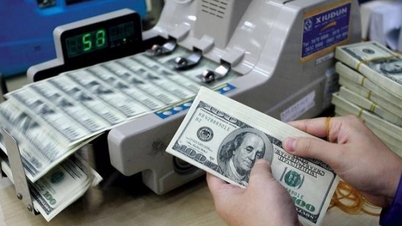


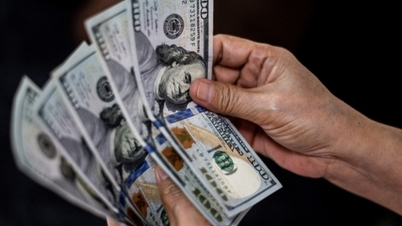
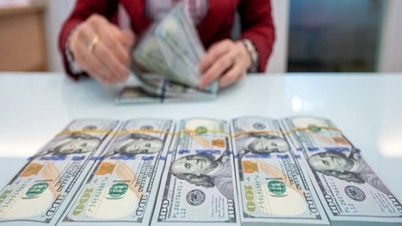

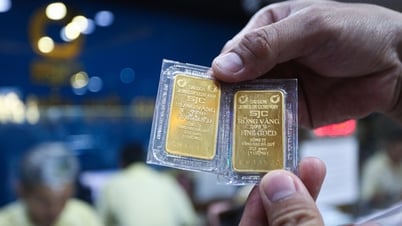

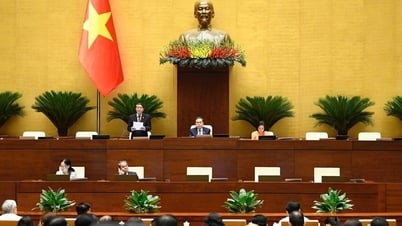
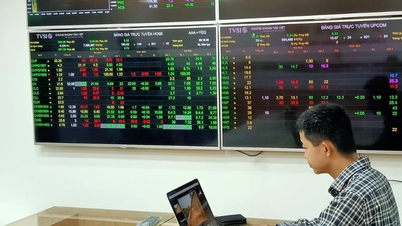







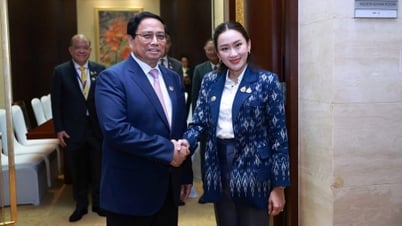


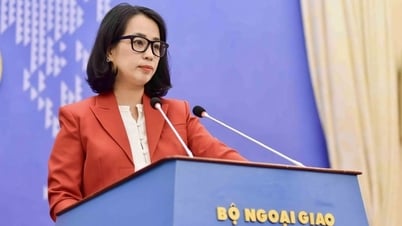














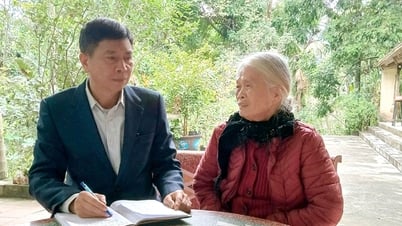















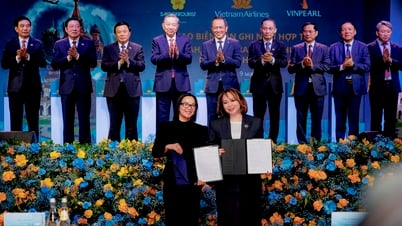
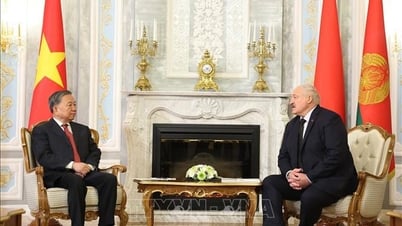
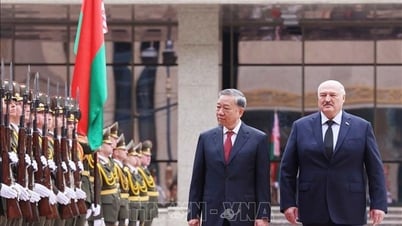




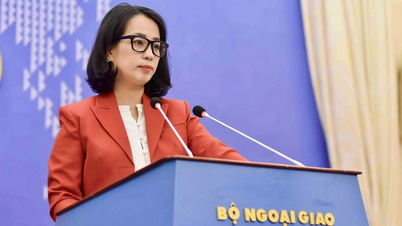













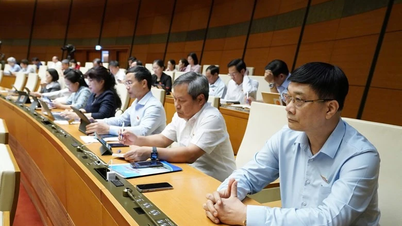

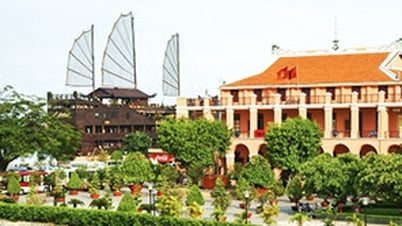













Comment (0)